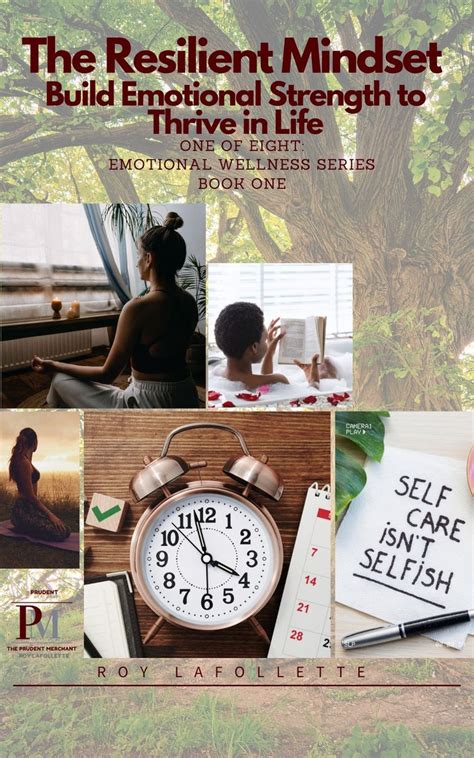Within every individual lies a fundamental tension between the innate drive for personal autonomy – the desire for self-reliance, independence, and control over one’s life – and the equally powerful yearning for connection, intimacy, and belonging. For men, this internal conflict often manifests in particularly complex ways when it comes to vulnerability, shaping how, when, and if they choose to open up.
The Roots of a Man’s Dilemma
Societal constructs of masculinity have historically emphasized strength, stoicism, and unwavering independence. From a young age, many men are subtly, or sometimes overtly, taught that expressing emotional need or admitting weakness can be seen as a threat to their perceived autonomy. The ideal man is often portrayed as self-sufficient, a protector who doesn’t lean on others, and one who keeps his emotions in check.
This cultural conditioning creates a deeply ingrained fear that vulnerability equates to a loss of control, a surrender of one’s independent self. To admit need or express deep emotion can feel like giving away a piece of one’s self, making one dependent on another’s reaction or validation, thus eroding the very foundation of their perceived autonomy.

Manifestations of the Internal Struggle
This internal tug-of-war gives rise to several common behavioral patterns in a man’s approach to vulnerability:
- The Stoic Shield: Many men adopt a default posture of stoicism, presenting a composed, unruffled exterior even when experiencing turmoil. This serves as a protective barrier, maintaining an illusion of self-sufficiency while simultaneously thwarting the very connection they might secretly crave.
- Conditional Vulnerability: Vulnerability, when it occurs, is often highly conditional. It might be expressed only in specific contexts (e.g., in anger or frustration rather than sadness or fear), with a select few trusted individuals, or only after significant internal debate and a perceived ‘justification’ for opening up.
- The Drive for Control: The desire to maintain autonomy often translates into a need for control over situations and emotions. This can make the inherently unpredictable and ‘uncontrollable’ nature of true vulnerability feel deeply threatening, as it requires relinquishing some degree of command over one’s emotional landscape and another’s response.
- Action-Oriented Expressiveness: Instead of verbalizing emotional need, men might express their desire for connection through actions – providing, protecting, fixing, or engaging in shared activities. While valuable, this can bypass deeper emotional intimacy if not balanced with direct communication.

The Paradoxical Impact on Relationships
The profound irony is that the very efforts made to preserve autonomy through guardedness often create the very distance that undermines the desire for connection. A man’s reluctance to be vulnerable can leave partners feeling unloved, misunderstood, or as if there’s a wall between them. This emotional distance can breed resentment and isolation, making true intimacy feel elusive.
Partners may interpret a man’s guardedness as a lack of trust, a sign of disinterest, or an inability to emotionally connect, leading to cycles of frustration and further withdrawal. The man, in turn, might feel misunderstood or pressured, further entrenching his belief that vulnerability is unsafe or unrewarding.

Navigating the Path to Authentic Connection
For men, navigating this internal conflict requires a fundamental redefinition of strength and autonomy. True strength lies not in emotional suppression, but in the courage to acknowledge and express one’s full human experience, including needs and fears. Authentic autonomy isn’t about being an island, but about making conscious choices about one’s self-disclosure in relationships.
The path forward involves:
- Self-Awareness: Recognizing when the internal conflict is at play – identifying the fear of losing autonomy versus the desire for deeper connection.
- Gradual Disclosure: Taking small, intentional steps towards vulnerability with trusted individuals. This could be sharing a minor fear, a past mistake, or a hidden aspiration.
- Redefining Support: Understanding that seeking support or leaning on others does not diminish one’s autonomy but rather enriches one’s resources and resilience.
- Communicating the Conflict: Sometimes, simply articulating the internal struggle – “I want to share this, but I’m afraid of what it might mean for my independence” – can itself be an act of profound vulnerability that fosters connection.

Ultimately, the journey for men involves integrating these two powerful drives rather than seeing them as mutually exclusive. By understanding that vulnerability, when expressed authentically, actually strengthens personal identity and fosters more profound, fulfilling connections, men can begin to bridge the gap between their desire for independence and their innate need for belonging, leading to richer lives and more meaningful relationships.





